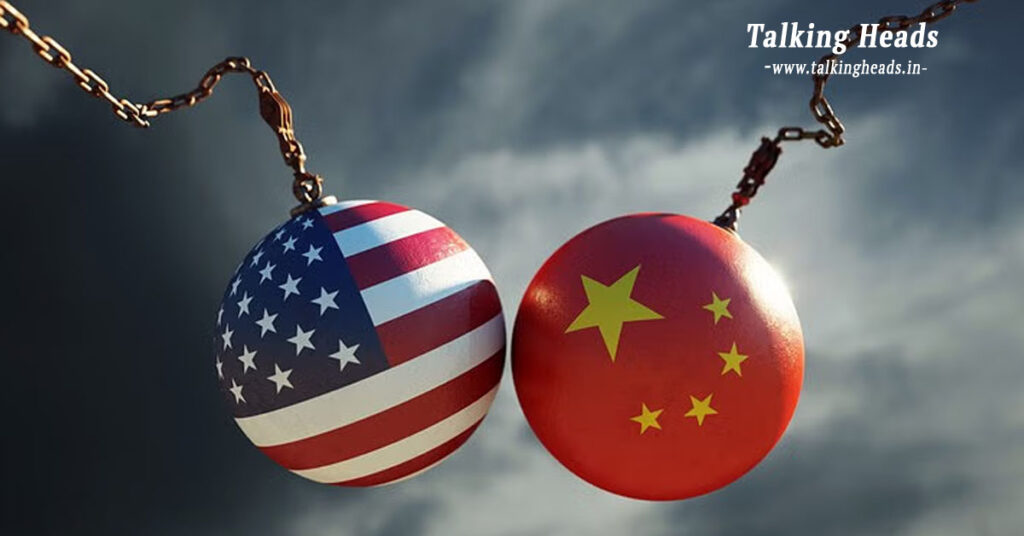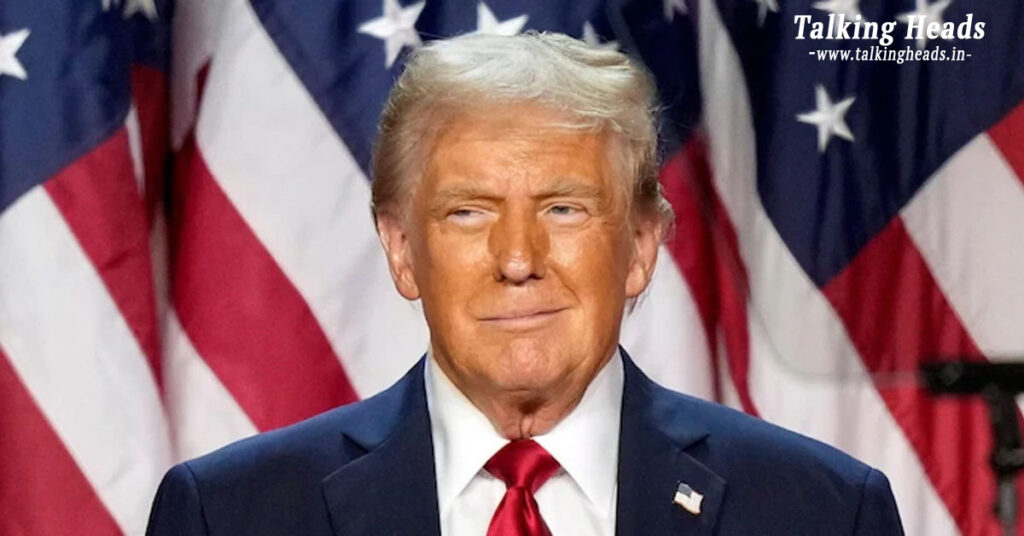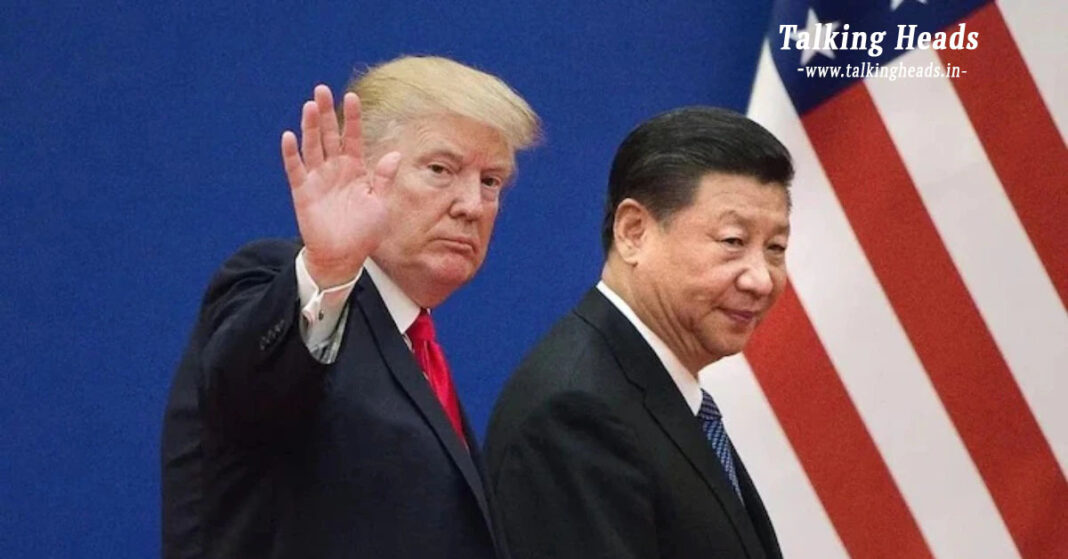In a significant move, China has announced an 84% retaliatory tariff on American made products. This new duty will take effect tomorrow, further escalating the ongoing trade conflict between the two economic giants.
Table of Contents
China Increases Tariff on U.S. Goods by 50%: Major Escalation
This move signifies China’s aggressive stance in the ongoing trade war and highlights the increasingly tense relationship between the two countries.
Alongside the tariff hike, China’s Ministry of Commerce revealed that 12 American companies have been added to its export control list. Earlier, six companies were placed on the “unreliable” list, further tightening China’s economic measures against U.S. firms.

As of today, the United States’ 104% tariff on Chinese goods is now in full force. Chinese products in the U.S. will now have to face prices more than double their original costs, placing additional strain on businesses and consumers.
The escalation in tariffs follows a series of retaliatory measures between the two countries, marking a dramatic increase in trade protectionism. This move is expected to have a significant impact on the global economy, particularly in industries reliant on trade between the U.S. and China.
Trump Threatens Further Tariff Increases, China Responds
At the beginning of this month, Trump announced a potential 34% increase, which prompted a retaliatory 34% tariff from China.

Trump’s comments in late March made it clear that if China did not back down on its tariffs, the U.S. would impose an additional 50% tariff starting April 9. In response, China quickly matched the U.S. action, imposing a total of 104% tariffs on U.S. goods.
China Warns of Strong Response to U.S. Tariff Aggression
In response to the escalating trade war, China has issued a firm statement, warning the U.S. that “If a trade war occurs, China is ready and will emerge stronger,” said a commentary in China’s state-run media, People’s Daily.
China’s Foreign Ministry reiterated its stance, condemning the U.S. for using tariff increases as a form of blackmail and asserting that Beijing will never accept such actions.
Trump Defends Tariffs, Claims Economic Benefit for the U.S.
On Tuesday, Trump defended his tariff strategy, calling those who criticize the tariffs as “thugs and cheaters.” He argued that previous tariffs were necessary to protect U.S. interests and rebuild the country’s manufacturing sector.
Trump also dismissed concerns about rising prices, labeling tariffs as “a small pain” that would ultimately benefit the U.S. economy in the long term and put the country in a stronger negotiating position for future trade deals.
China Focuses on Industrial Growth and Innovation Amid Trade War
While the U.S. focuses on imposing tariffs, China has been investing heavily in its own industrial growth and innovation. The country currently holds over $760 billion worth of U.S. government bonds, giving it significant leverage over the American economy.
In response to the escalating trade tensions, China has issued an additional $1.9 trillion in loans to its industrial sector, promoting the construction and modernization of factories. Tech giants like Huawei are expanding their operations as well, with the company opening a new research center in Shanghai that is ten times larger than Google’s headquarters in California. This focus on innovation and technological development is expected to accelerate China’s capacity to compete globally in emerging industries.
Conclusion: A Pivotal Moment in Global Trade Relations
The ongoing trade war between the U.S. and China represents a pivotal moment in global trade relations, with both countries adopting more aggressive economic measures. As tariffs continue to rise and retaliations intensify, the broader global economy may face significant disruptions. The outcome of this conflict will likely reshape the economic landscape for years to come, with both countries seeking to emerge stronger from the trade war.
The battle over tariffs is far from over, and as both sides continue to dig in their heels, businesses and consumers will be left to navigate the challenges and uncertainties of this evolving economic standoff.










